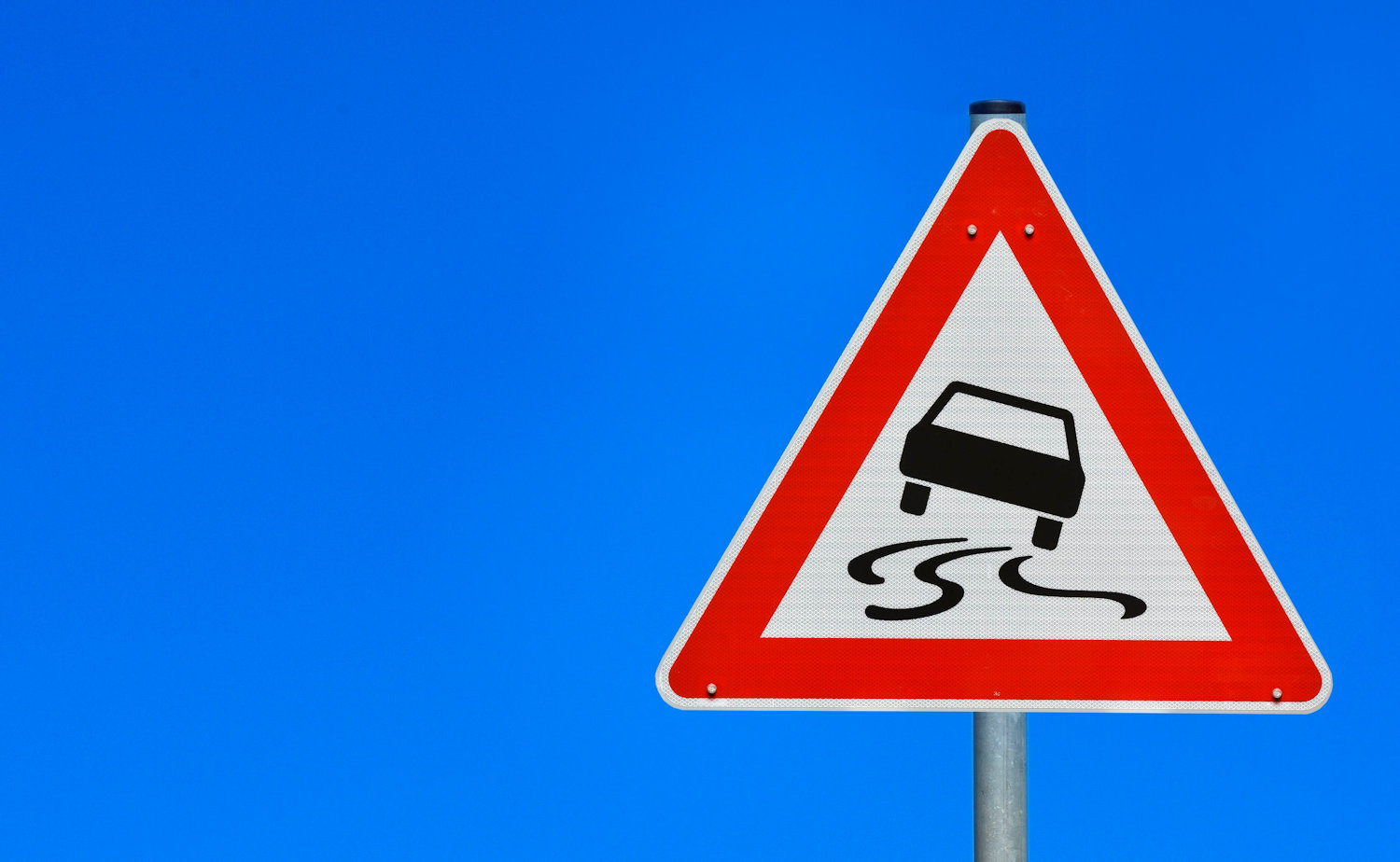Beware of Hydroplaning!
At 80 Kilometers per Hour, You Are Water Skiing!
Experience shows time and again that even a few millimeters of water on the road is enough to turn roads into dangerous water slides. Even with modern tires, the danger of hydroplaning is not completely averted. “Because physics cannot be outsmarted,” says DEKRA tire expert Christian Koch. As soon as the water on the road is a few millimeters high, a wedge of water can occur under the front wheels when driving at higher speeds. This makes steering impossible.
“The speed at which a tire starts to hydroplane strongly depends on the driving speed and tread depth of the tires as well as the depth of the water,” explains Koch. For used tires with a tread depth of more than three millimeters, the following rule of thumb applies: “From 80 km/h, you are water skiing.” But in the area of the legal minimum of 1.6 millimeters, hydroplaning can also occur from speeds as low as 65 to 70 km/h. For this reason, DEKRA does not recommend running either winter or summer tires down to the legal minimum of 1.6 millimeters. Rather, it is recommended to change tires once the remaining tread depth is 3 millimeters. “Then the driver has a significantly higher safety margin on a wet road,” emphasizes Koch.
Driving too fast is the number 1 cause of hydroplaning accidents. It is therefore absolutely advisable to reduce speed on roads with a continuous film of water and not to wait until hydroplaning occurs. Apart from that, the applicable speed limits for wet conditions should absolutely be observed. The higher the water level on the road, the quicker the tires hydroplane. Critical points are the grooves and ruts and other indentations in which water collects. Moreover, insufficient tire pressure, wide tires and worn shock absorbers provide the ideal conditions for hydroplaning.
What should you do when it happens and the vehicle suddenly hydroplanes? “Reduce speed. Take your foot off the accelerator quickly but not too abruptly, press the clutch down, and hold the steering wheel straight,” recommends Koch. Important: In this situation, do not under any circumstances steer to the side. Otherwise, there is a risk that the vehicle will swerve once the tires come into contact with the road again.

